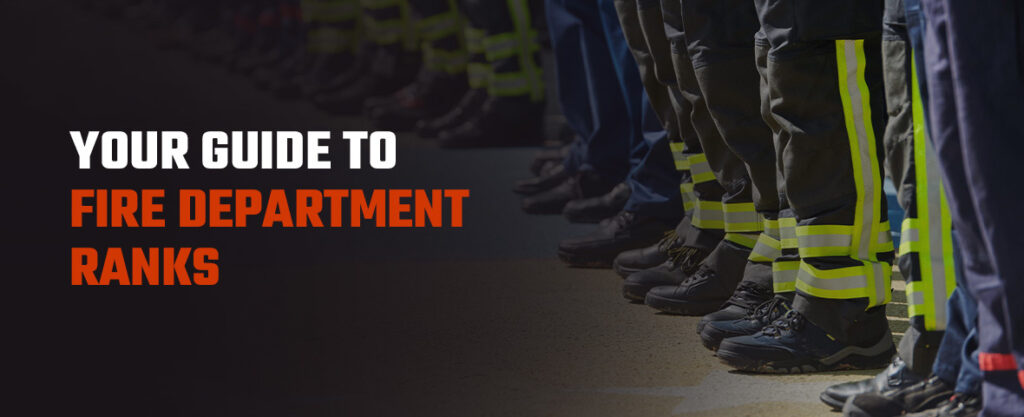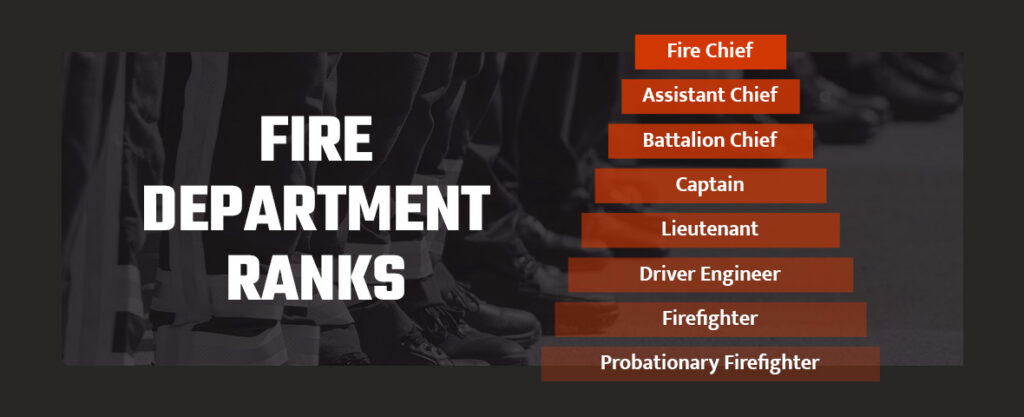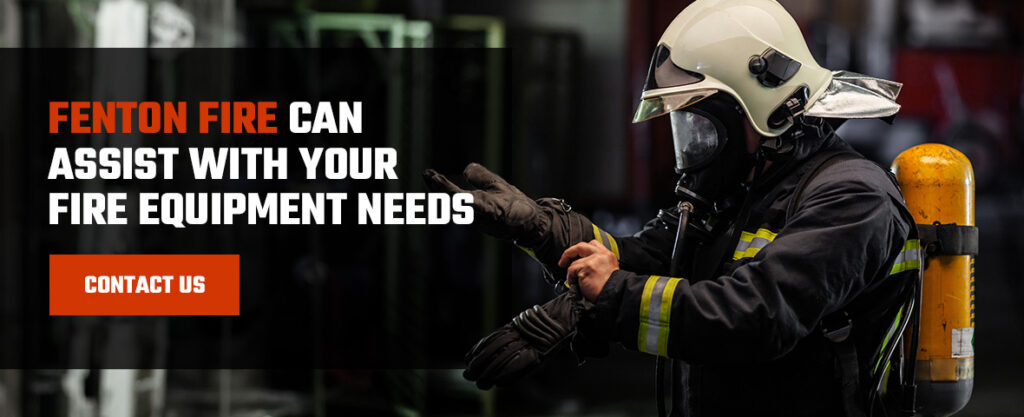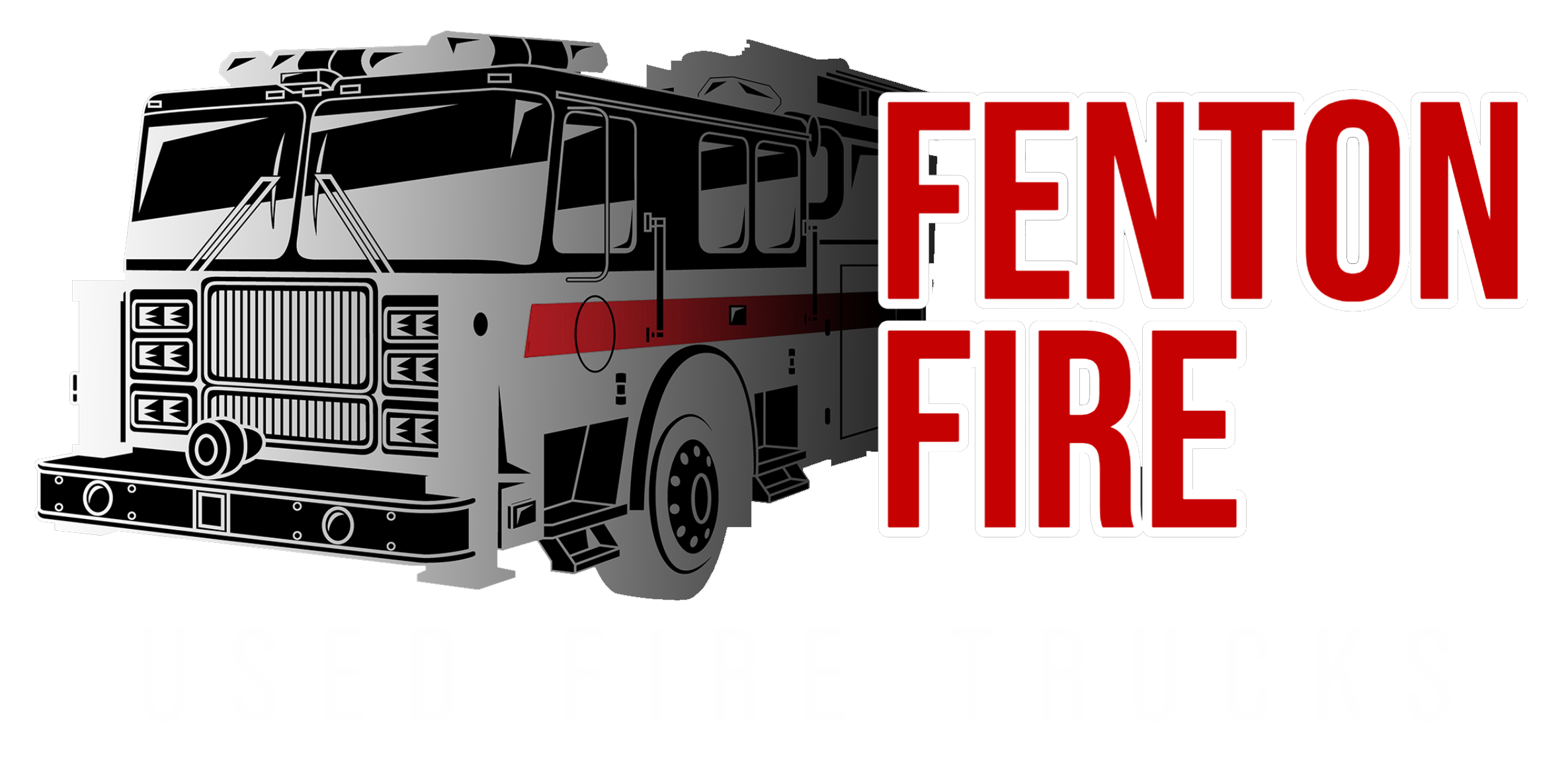
The U.S. Fire Service is a paramilitary organization with a top-down hierarchy similar to the military. The organization is structured in different ranks to better define roles and responsibilities and also maintain control of the service. The rank of a member of the department is identified by the insignia they wear on their uniform. The insignias are badges of authority and honor, identifying the firefighter’s position and responsibilities in the organization.
Introduction to Fire Department Ranks
Understanding fire department ranks is crucial for both firefighters and civilians. As a firefighter, you’d want to know the right person to contact for specific information, guidance or assignments. In addition, because the fire service is a paramilitary organization, firefighters’ knowledge about their colleagues’ rankings in the service is crucial to appreciate the chain of command.
Fire Department Units
Fire department units are divided into company, battalion and districts:
- Company: Companies are the foundational teams of the fire service and consist of one apparatus along with its crew. The company can be supervised by an officer. A captain typically supervises a truck company, while a Lieutenant supervises a Rescue Company or Engine Company. If the Captain is off duty, the Lieutenant takes over the supervisory role. If the Lieutenant is off duty, the Driver Engineer takes over.
- Battalion: A Battalion typically consists of four to five stations and the companies quartered there. A battalion chief oversees these companies and personnel. Major cities would require more than one battalion of different stations to handle emergencies in specific locations.
- Districts: This is another division often employed in larger departments.
Most firefighters work on a truck, engine or rescue company and are responsible for specific equipment and apparatus from their station. Some of these are classified as special units, such as the EMS unit.
Volunteer fire departments or small-scale fire departments in small towns may only have one or two fire stations. In such scenarios, there is no need for the complex structure.
What Are the Ranks in the Fire Department

The fire service has a structured chain of command, just like in the military. The ranks designate specific roles and establish the people who report to the bearer or holder of the rank and vice versa.
Fire department ranks in order:
- Probationary Firefighter
- Firefighter
- Driver engineer
- Lieutenant
- Captain
- Battalion Chief
- Assistant Chief
- Fire Chief
Let’s explore these ranks in detail.
Probationary Firefighter
This is the firefighter trainee entry-level position. The recruits undergo training and evaluation for six to 12 months. It is the lowest rank in the fire department, and recruits are assessed to see if they’re an organizational fit for the department. All trainees take instructions from those above them. After successfully completing training and evaluation, the recruits are sworn in as full-time fire department members.
Firefighter
You become a firefighter after going through the training. Firefighters are responsible for the actual firefighting duties during live operations. These duties include operating fire rescue equipment, handling hoses, conducting searches and providing first-aid care to fire victims. Although any department member can be called a firefighter, it’s a rank on its own. A firefighter takes instructions from commanding officers.
Fire Engineer
The fire engineer or driver engineer drives the apparatus and operates the fire pump. They know everything about the apparatus and work as acting Lieutenants in the absence of a Lieutenant. Driver engineers ensure the vehicle is clean and runs efficiently. In addition, the fire engineer should know each hydrant’s location and every fire alarm in his jurisdiction. The driver engineer is also known as “apparatus operator,” “chauffeur” or “fire equipment operator.”
Fire Lieutenant
This is an officer who oversees training, emergencies and daily tasks for an Engine or Rescue company. In the captain’s absence, the Lieutenant becomes the Acting Captain. A Lieutenant may not call all the shots at the company, but they can relay commands of their superiors and keep their juniors in check. Lieutenants are required to have knowledge of scene operations and aim to be more educated than their juniors.
Fire Captain
This officer supervises training, daily operations and emergency response of a Ladder/Truck company. They also supervise members assigned to the company and the fire station. A captain may have one or several Lieutenants working at the fire station on a Rescue Company or Engine Company. The captain is often the initial commander in emergencies and can act as the Battalion Chief in their absence.
A captain should be able to lead firefighters and demonstrate exemplary management skills. They receive reports from Lieutenants at the station and are required to make administrative decisions for the good of the team.
Battalion Chief
The Battalion Chief is the highest-ranking officer on duty and is responsible for managing the station’s personnel and creating work schedules. Before transitioning from one shift to another, the Battalion Chief should ensure enough personnel on duty. They schedule each role in the department, including managing sick days and vacation time for firefighters. Each department typically has a few rotating Chiefs to ensure the Batallion Chief position is staffed 24 hours a day.
The Batallion Chief also does a lot of paperwork on incident reports. They also assist in coordinating emergency scenes when multiple companies are involved.
Assistant Chief
The Assistant Chief is responsible for controlling, managing and directing the activities of people assigned to the Operations Division. They manage the fire department’s operational and administrative functions. Assistant Chiefs develop, implement and administer projects and programs to maintain the quality of fire services and facilities by effectively using the available resources.
The Assistant Chief also provides technical and professional assistance to the Fire Chief and other fire department members. For example, they can assist the Fire Chief in preparing budgets, planning the expansion of the fire service and managing the department’s success.
Fire Chief
The Fire Chief is the highest rank in the fire department. The Assistant Chief performs their duty under the supervision and command of the Fire Chief, and the Chief has the final say on the budget and all plans and projects prepared by the Assistant Chief. The Fire Chief controls every aspect of the fire department and its divisions, from training facilities and safety services to the operations divisions.
The Fire Chief represents the interests of the fire service and may provide technical assistance to the mayor or city manager.
Fenton Fire Can Assist With Your Fire Equipment Needs
Understanding the firefighter ranking system is important when you have fire-related concerns or issues you want to be addressed. There is a chain of command they follow, just like in the military. We at Fenton Fire can assist you get quality fire equipment. We have been in the industry for over 20 years and are the trusted source for used fire apparatus and other fire equipment. Contact us for more information.

